Mercedes EQE SUV vs Polestar 3 – Performance, range & efficiency compared
Two cars, one duel: Mercedes EQE SUV meets Polestar 3.
Which one wins in performance, efficiency and value for money? Find out now!
Costs and Efficiency: Price and efficiency are key factors when choosing a car – and this is often where the real differences emerge.
Polestar 3 has a minimal advantage in terms of price – it starts at 67400 £, while the Mercedes EQE SUV costs 71600 £. That’s a price difference of around 4191 £.
In terms of energy consumption, the advantage goes to the Polestar 3: with 17.60 kWh per 100 km, it’s hardly perceptible more efficient than the Mercedes EQE SUV with 18.30 kWh. That’s a difference of about 0.70 kWh.
As for range, the Polestar 3 performs to a small extent better – achieving up to 706 km, about 95 km more than the Mercedes EQE SUV.
Engine and Performance: Power, torque and acceleration say a lot about how a car feels on the road. This is where you see which model delivers more driving dynamics.
When it comes to engine power, the Mercedes EQE SUV has a somewhat edge – offering 625 HP compared to 517 HP. That’s roughly 108 HP more horsepower.
In acceleration from 0 to 100 km/h, the Mercedes EQE SUV is evident quicker – completing the sprint in 3.70 s, while the Polestar 3 takes 4.70 s. That’s about 1 s faster.
In terms of top speed, the Mercedes EQE SUV performs to a small extent better – reaching 240 km/h, while the Polestar 3 tops out at 210 km/h. The difference is around 30 km/h.
There’s also a difference in torque: Mercedes EQE SUV pulls barely noticeable stronger with 950 Nm compared to 910 Nm. That’s about 40 Nm difference.
Space and Everyday Use: Whether family car or daily driver – which one offers more room, flexibility and comfort?
Both vehicles offer seating for 5 people.
In curb weight, Mercedes EQE SUV is barely noticeable lighter – 2440 kg compared to 2575 kg. The difference is around 135 kg.
In terms of boot space, the Mercedes EQE SUV offers hardly perceptible more room – 520 L compared to 484 L. That’s a difference of about 36 L.
In maximum load capacity, the Mercedes EQE SUV performs slightly better – up to 1675 L, which is about 264 L more than the Polestar 3.
When it comes to payload, Mercedes EQE SUV a bit takes the win – 580 kg compared to 496 kg. That’s a difference of about 84 kg.
Who comes out on top?
Overall, the Mercedes EQE SUV shows itself to be wins the duel decisively and secures the title of DriveDuel Champion.
It convinces with the more balanced overall package and proves to be the more versatile choice for everyday use.
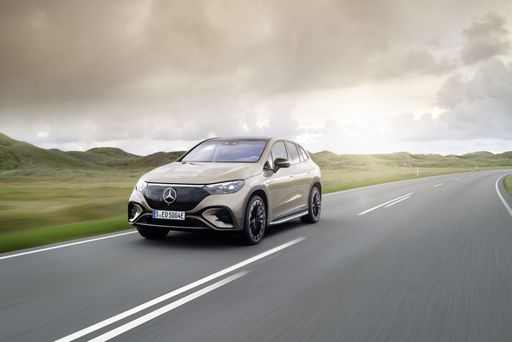
Mercedes EQE SUV
Mercedes EQE SUV
The Mercedes-Benz EQE SUV represents a fusion of advanced electric mobility and luxurious design, offering a refined driving experience that aligns with the brand's renowned legacy. Inside, the cabin is adorned with high-quality materials and state-of-the-art technology, providing both comfort and functionality for modern drivers. Its dynamic exterior is crafted to enhance aerodynamics while maintaining a distinctive and elegant presence on the road.
details @ group-media.mercedes-benz.com
@ group-media.mercedes-benz.com
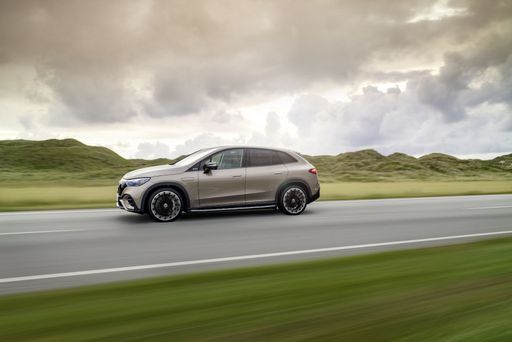 @ group-media.mercedes-benz.com
@ group-media.mercedes-benz.com
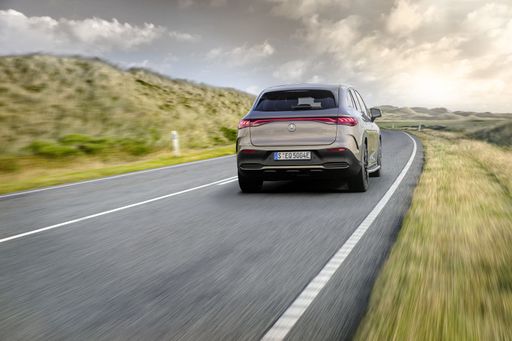 @ group-media.mercedes-benz.com
@ group-media.mercedes-benz.com
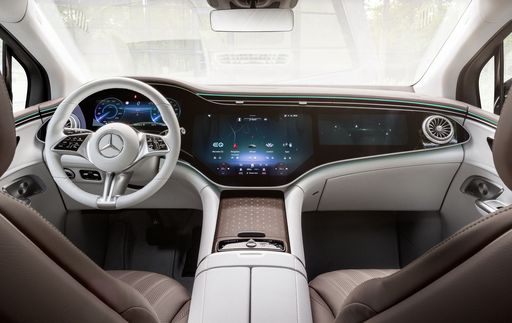 @ group-media.mercedes-benz.com
@ group-media.mercedes-benz.com
Polestar 3
Der Polestar 3 präsentiert sich als eindrucksvolles Elektro-SUV, das skandinavisches Design mit nachhaltiger Technologie vereint. Die klare Linienführung und hochwertigen Materialien im Innenraum schaffen eine luxuriöse Atmosphäre, während das fortschrittliche Infotainmentsystem für modernste Konnektivität sorgt. Mit seinem leistungsstarken Antrieb bietet der Polestar 3 ein dynamisches Fahrerlebnis, das sowohl umweltfreundlich als auch leistungsfähig ist.
details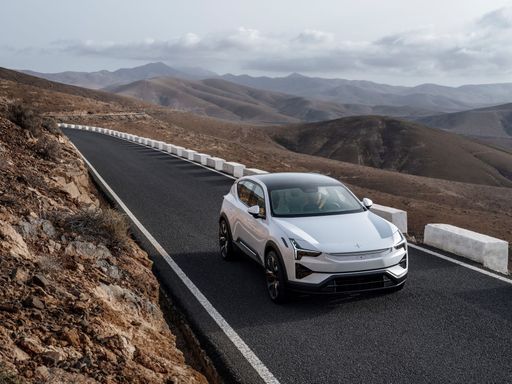 @ Polestar
@ Polestar
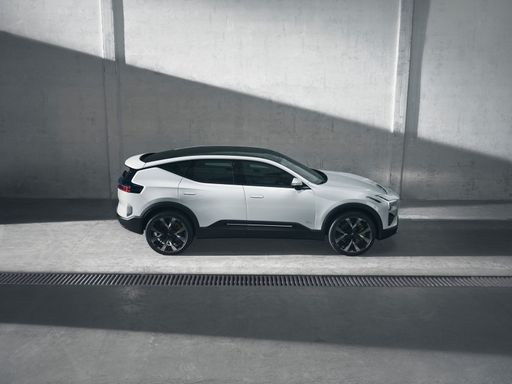 @ Polestar
@ Polestar
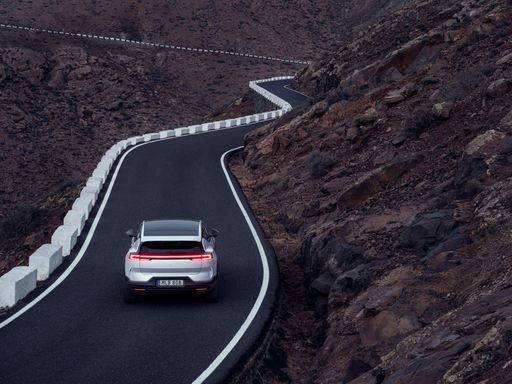 @ Polestar
@ Polestar
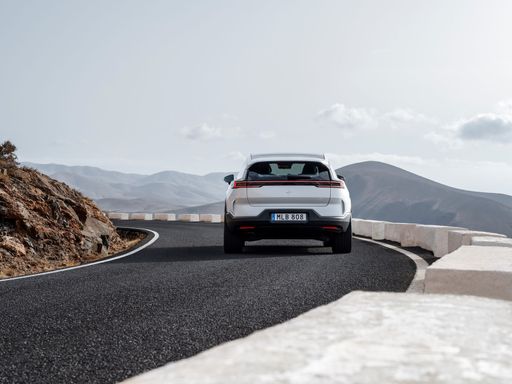 @ Polestar
@ Polestar
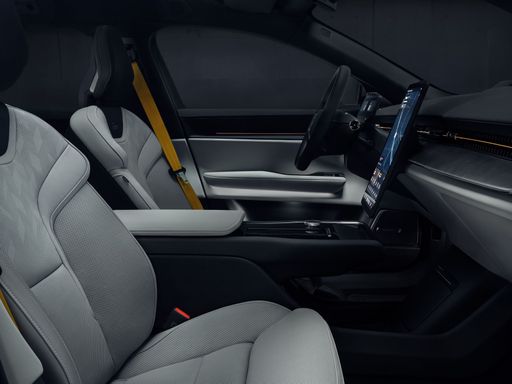 @ Polestar
@ Polestar
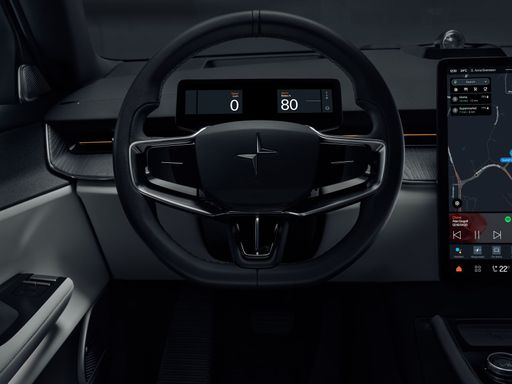 @ Polestar
@ Polestar

|

|
|
|
|
Costs and Consumption |
|
|---|---|
|
Price
71600 - 125100 £
|
Price
67400 - 79000 £
|
|
Consumption L/100km
-
|
Consumption L/100km
-
|
|
Consumption kWh/100km
18.3 - 23.1 kWh
|
Consumption kWh/100km
17.6 - 21.9 kWh
|
|
Electric Range
453 - 611 km
|
Electric Range
567 - 706 km
|
|
Battery Capacity
90.5 - 96 kWh
|
Battery Capacity
107 kWh
|
|
co2
0 g/km
|
co2
0 g/km
|
|
Fuel tank capacity
-
|
Fuel tank capacity
-
|
Dimensions and Body |
|
|---|---|
|
Body Type
SUV
|
Body Type
SUV
|
|
Seats
5
|
Seats
5
|
|
Doors
4
|
Doors
5
|
|
Curb weight
2440 - 2615 kg
|
Curb weight
2575 - 2584 kg
|
|
Trunk capacity
520 L
|
Trunk capacity
484 L
|
|
Length
4863 - 4879 mm
|
Length
4900 mm
|
|
Width
1940 mm
|
Width
1935 mm
|
|
Height
1672 - 1685 mm
|
Height
1614 - 1618 mm
|
|
Max trunk capacity
1675 L
|
Max trunk capacity
1411 L
|
|
Payload
505 - 580 kg
|
Payload
285 - 496 kg
|
Engine and Performance |
|
|---|---|
|
Engine Type
Electric
|
Engine Type
Electric
|
|
Transmission
Automatic
|
Transmission
Automatic
|
|
Transmission Detail
Reduction Gearbox
|
Transmission Detail
Reduction Gearbox
|
|
Drive Type
All-Wheel Drive, Rear-Wheel Drive
|
Drive Type
All-Wheel Drive, Rear-Wheel Drive
|
|
Power HP
265 - 625 HP
|
Power HP
299 - 517 HP
|
|
Acceleration 0-100km/h
3.7 - 7.1 s
|
Acceleration 0-100km/h
4.7 - 7.8 s
|
|
Max Speed
210 - 240 km/h
|
Max Speed
180 - 210 km/h
|
|
Torque
550 - 950 Nm
|
Torque
490 - 910 Nm
|
|
Number of Cylinders
-
|
Number of Cylinders
-
|
|
Power kW
195 - 460 kW
|
Power kW
220 - 380 kW
|
|
Engine capacity
-
|
Engine capacity
-
|
General |
|
|---|---|
|
Model Year
2023 - 2025
|
Model Year
2024
|
|
CO2 Efficiency Class
A
|
CO2 Efficiency Class
A
|
|
Brand
Mercedes-Benz
|
Brand
Polestar
|
What drive types are available for the Mercedes EQE SUV?
Available configurations include All-Wheel Drive or Rear-Wheel Drive.
The prices and data displayed are estimates based on German list prices and may vary by country. This information is not legally binding.
